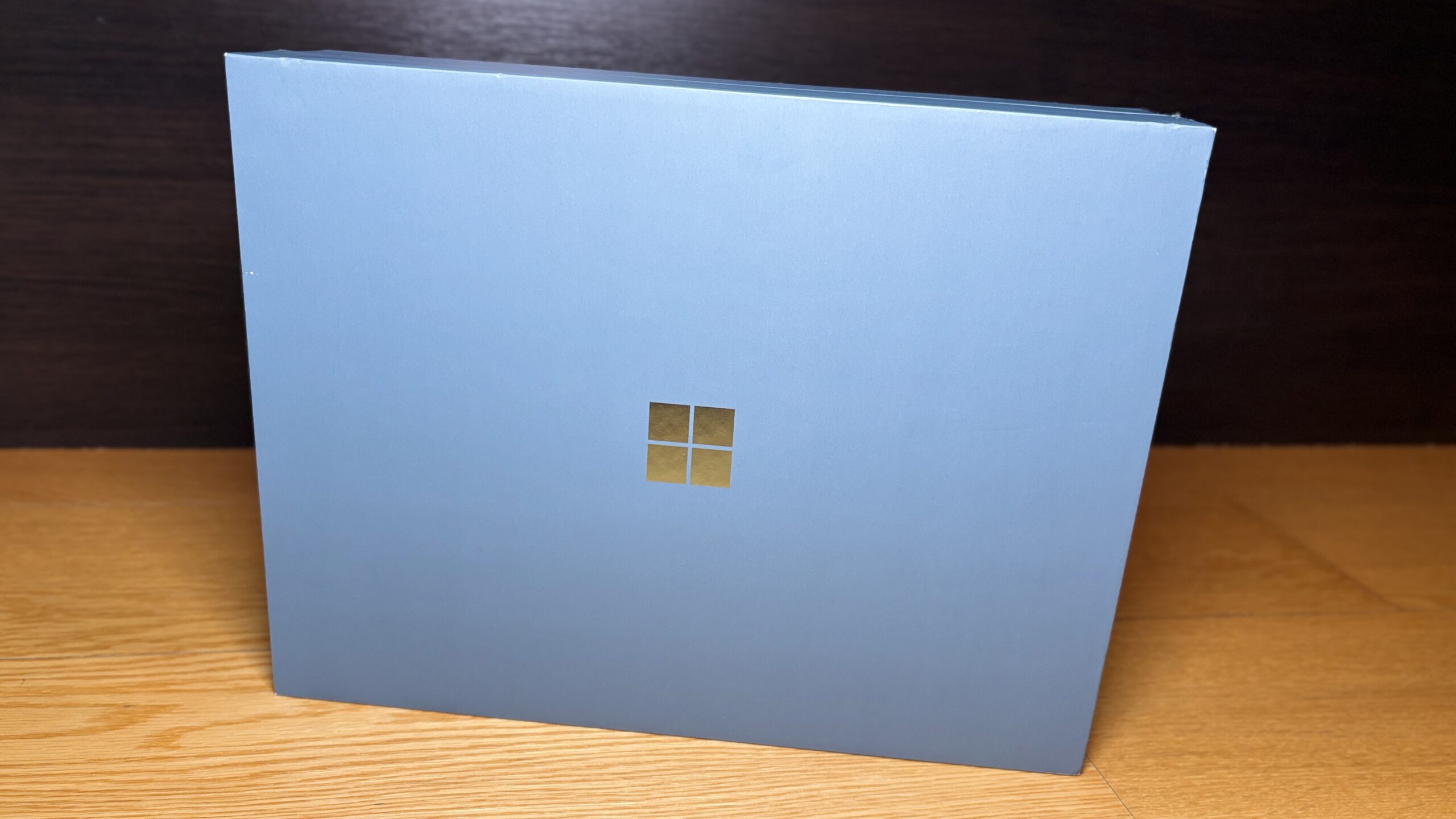Microsoft’s Surface lineup has long stood as a symbol of sleek design, premium build quality, and seamless Windows integration. With the release of the Surface Laptop (7th Edition), the tech giant once again aims to push the boundaries of what a Windows laptop can be. However, while there are commendable upgrades, not all changes will be warmly received by longtime Surface fans. Let’s dive into the good, the bad, and the arguably unnecessary changes that define this latest iteration.
A Bold Step Towards AI Integration: Copilot+ PC
The most talked-about update in the Surface Laptop 7th Edition is its evolution into a Copilot+ PC. This marks a significant step forward in Microsoft’s AI vision. Powered by Windows 11 and deeply integrated AI tools, this laptop comes equipped to handle real-time transcription, intelligent file searches, and image generation – all offline.
Thanks to a dedicated Neural Processing Unit (NPU), users can experience on-device AI functionality that’s faster, more private, and energy-efficient. This includes Microsoft’s new “Recall” feature, which allows users to search their computer’s history like a searchable memory timeline. It’s futuristic and powerful – but also raises eyebrows regarding privacy and practicality for average users.
Snapdragon Inside: A Risky Bet?
For the first time, Microsoft has ditched Intel and AMD processors in favor of Qualcomm’s Snapdragon X Plus (10-core ARM-based processor). While the company claims it delivers performance that rivals Apple’s M-series chips, this move doesn’t come without compromises.
On paper, the ARM architecture brings improved battery life, instant wake, and fanless operation. Real-world use confirms impressive efficiency – users report battery life upwards of 18 hours in moderate use. However, software compatibility is still a concern. While most popular apps run smoothly via Windows’ emulation layer, some legacy software and games may still struggle. Power users and professionals reliant on niche applications should tread carefully.
Design: Sleeker, But Not Revolutionary
Visually, the Surface Laptop 7 retains Microsoft’s minimalist aesthetic, with a few refinements. It comes in a familiar 13.8″ and a new 15″ model. The PixelSense touchscreen display is bright, color-accurate, and supports Dolby Vision IQ for superior visuals. But beyond the gorgeous screen and slightly thinner bezels, there’s little to distinguish this from its predecessors.
A notable omission is the lack of major innovation in form factor. While Apple experiments with dynamic touch bars and new chassis materials, Microsoft seems content with evolutionary – not revolutionary – design tweaks.
Keyboard and Trackpad: Still Best-in-Class
One area where the Surface Laptop continues to excel is its keyboard and trackpad. The typing experience remains top-notch, with responsive keys and quiet operation. The haptic feedback trackpad is larger and smoother than ever, rivalling Apple’s MacBooks in responsiveness and feel.
This consistency is great news for anyone who types a lot – students, writers, developers – as it remains one of the best typing experiences on any laptop.
Ports and Connectivity: Still Playing It Safe
Microsoft made modest improvements in I/O, but it’s still playing it safe. The Surface Laptop 7 offers:
-
2x USB-C ports with USB4/Thunderbolt support
-
1x USB-A port
-
A 3.5mm headphone jack (thankfully still here)
-
Surface Connect charging port
While functional, this port selection falls behind some competitors that offer full-sized HDMI, SD card readers, or more USB-C options. Professionals who need external displays or accessories may need to carry dongles.
Price vs. Value: A Tough Sell
The Surface Laptop 7 starts at around $999 (or ₹1,10,000 in India), and prices climb quickly with higher RAM and storage options. While the build quality and AI features are commendable, this pricing puts it in direct competition with:
-
The MacBook Air M3
-
Dell XPS 13
-
HP Spectre x360
All of which offer competitive specs and in some cases, more versatility or better software support. For users outside the Microsoft ecosystem or not specifically drawn to Copilot+ features, the value proposition becomes murky.
Windows 11: Copilot Experience Still Growing
The Surface Laptop 7 is optimized for Windows 11 Home with Copilot deeply integrated. But the full vision of AI-enhanced computing is still a work in progress. Some features feel half-baked or underutilized, and software updates are ongoing.
For now, early adopters get a glimpse into the future – but may also deal with bugs, occasional crashes, or feature inconsistencies. If you value rock-solid stability over flashy new tools, you might want to wait a generation or two.
Verdict: Not All Upgrades Are Upgrades
The Microsoft Surface Laptop (7th Edition) brings meaningful enhancements in battery life, AI capabilities, and display quality. However, the shift to ARM processors, limited port selection, and high pricing could alienate users who prioritize compatibility and value.


